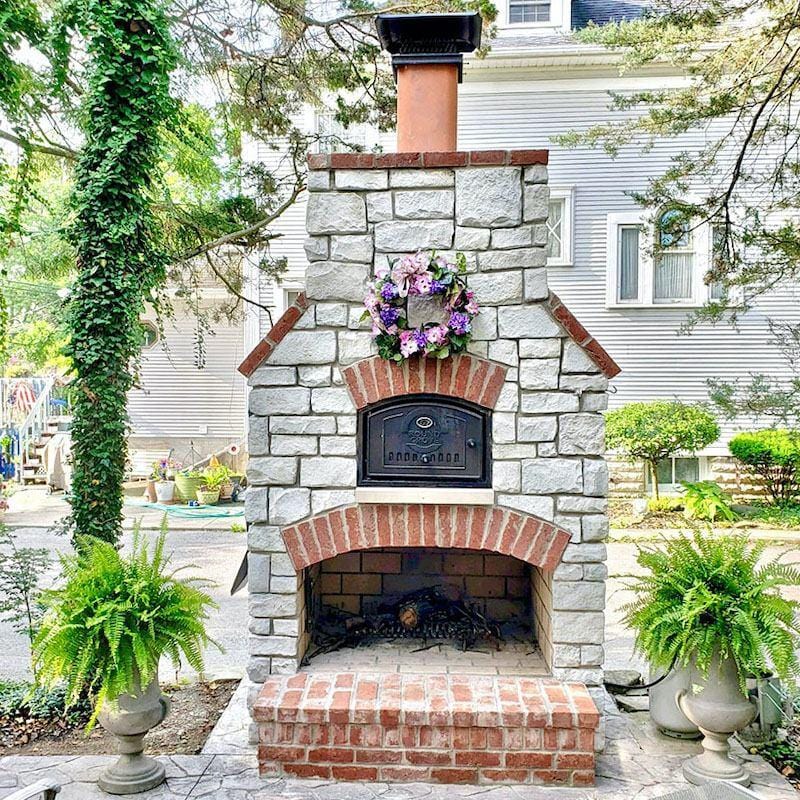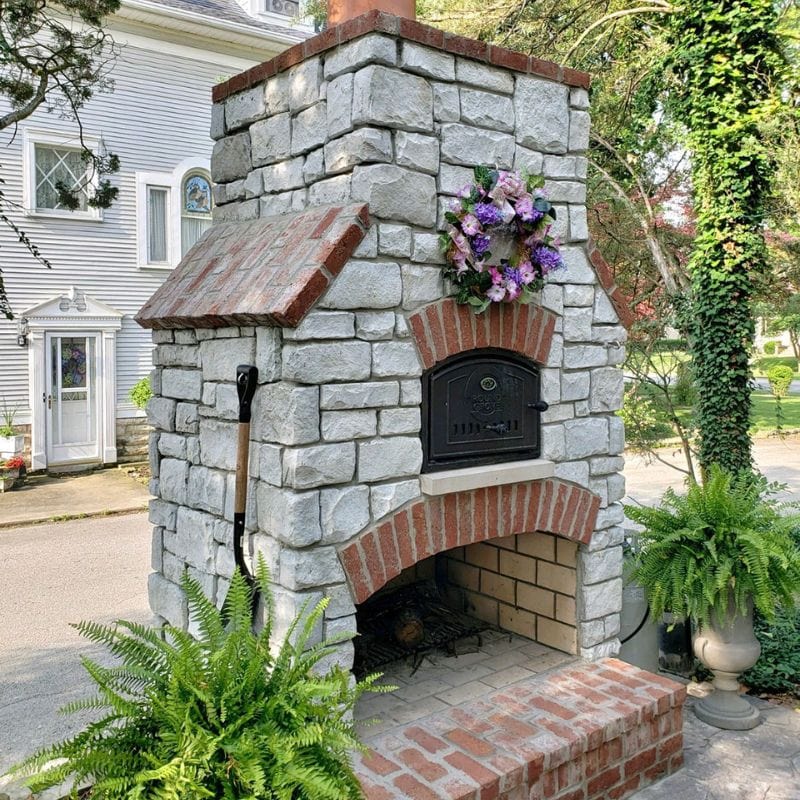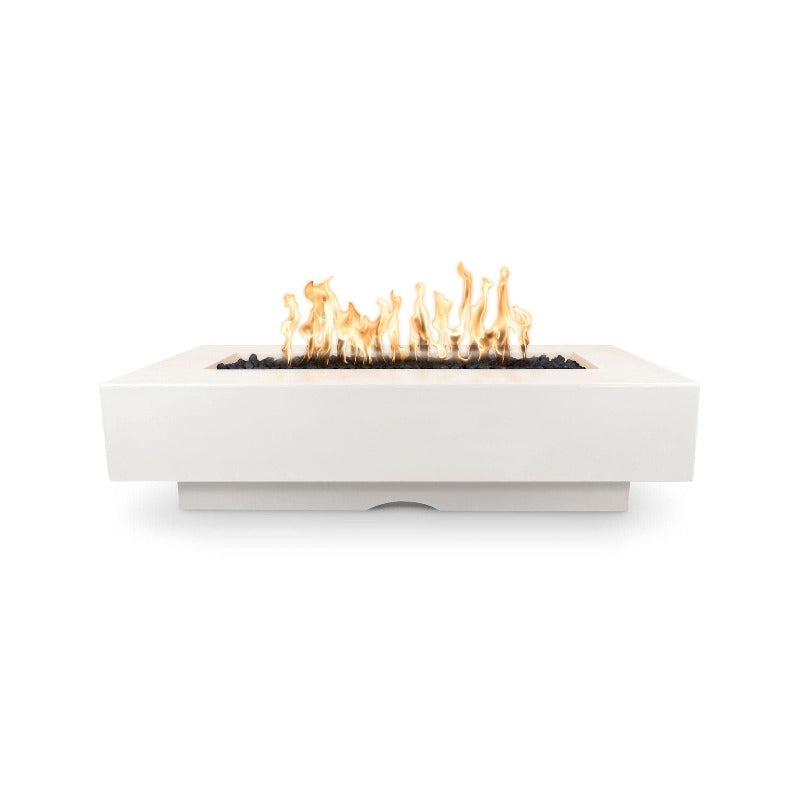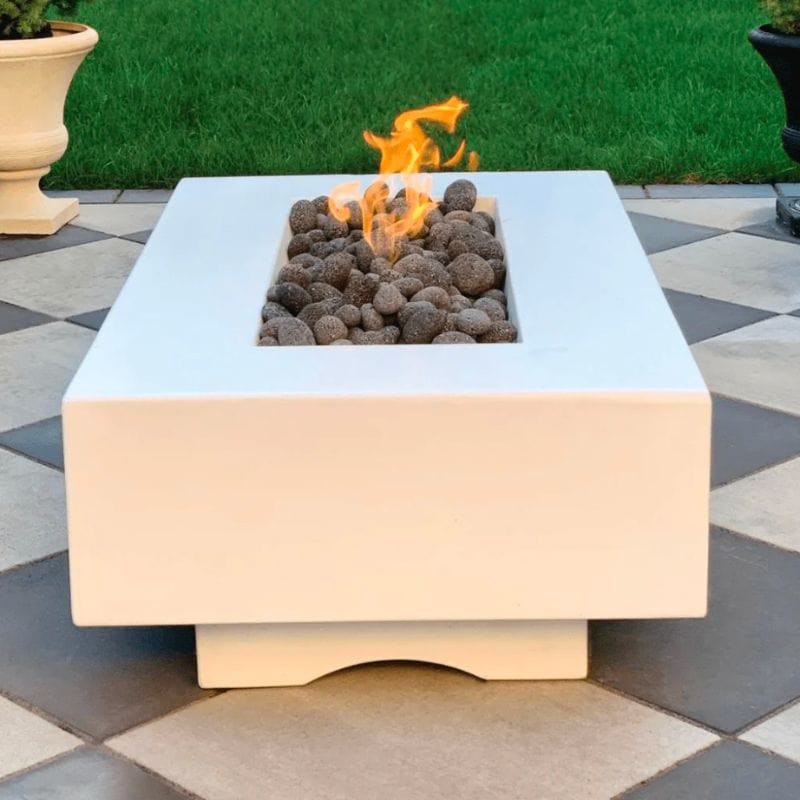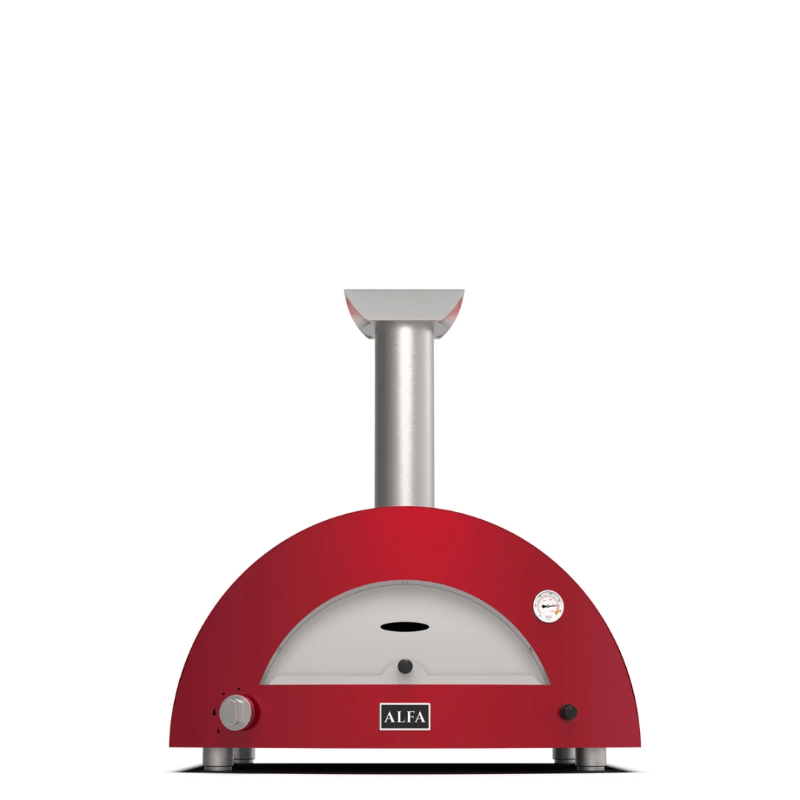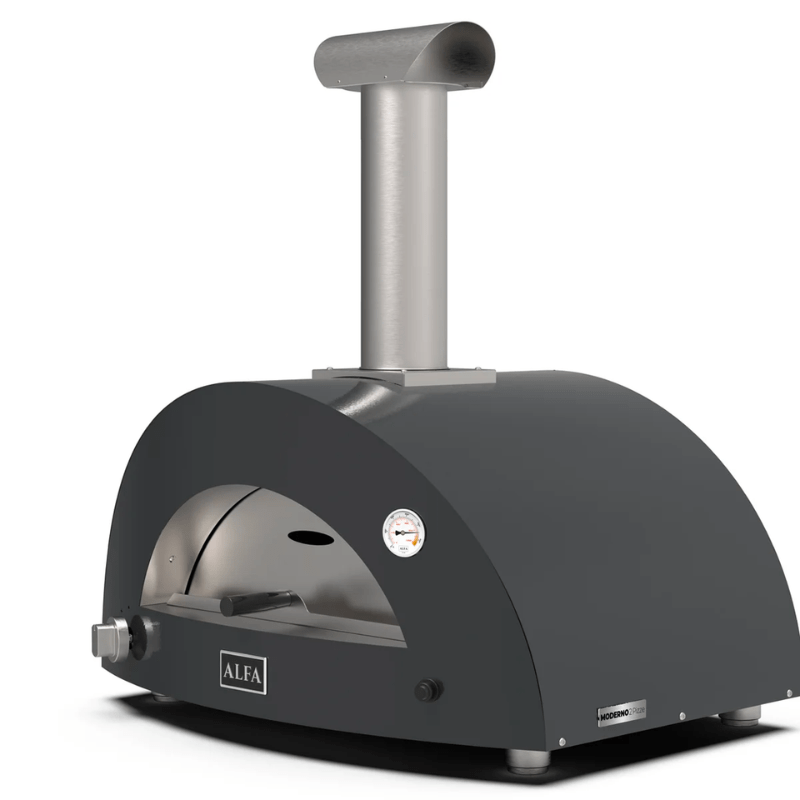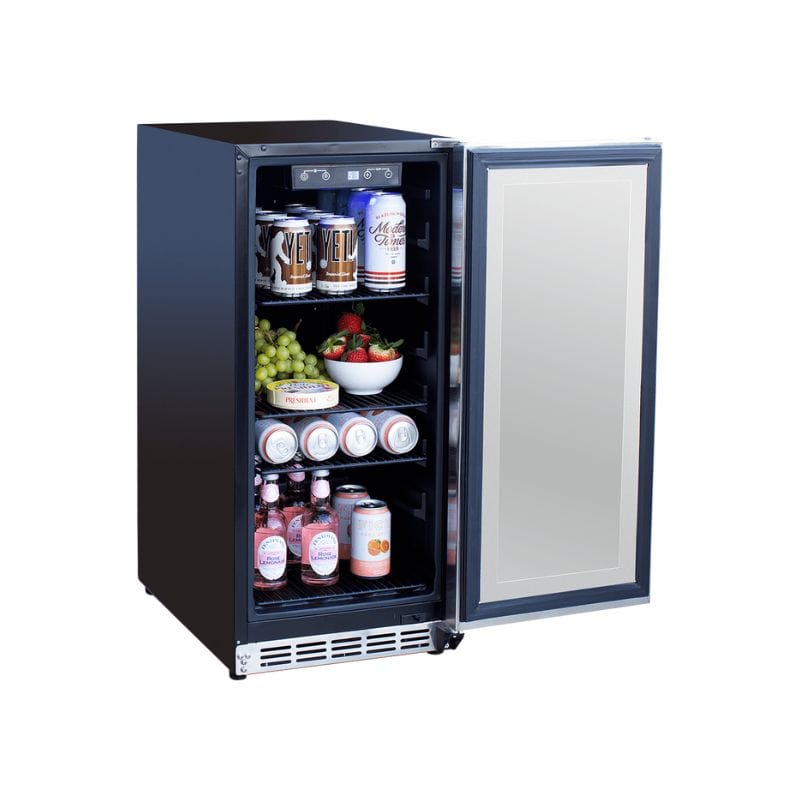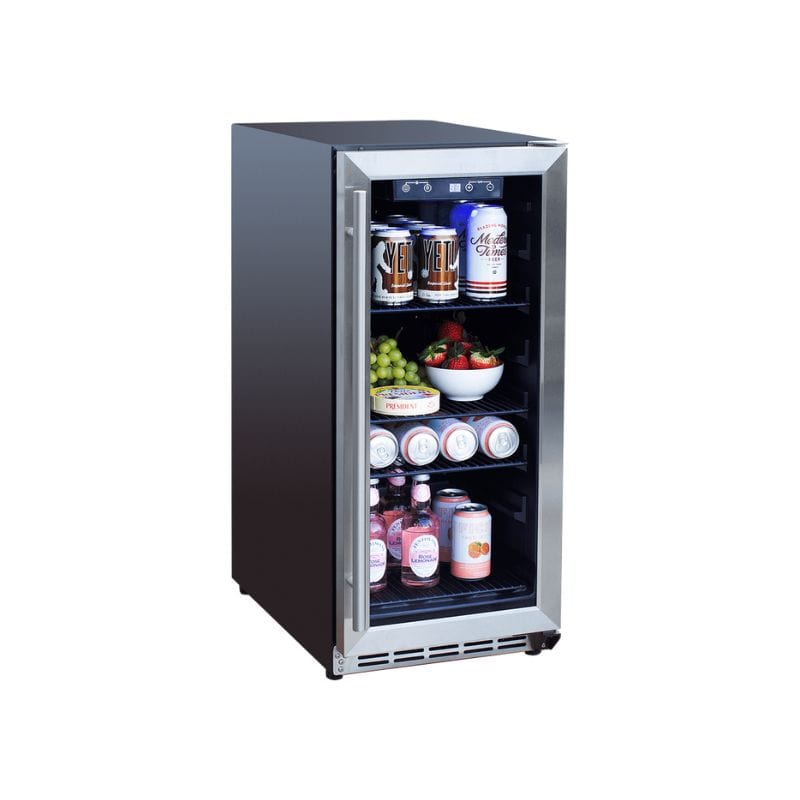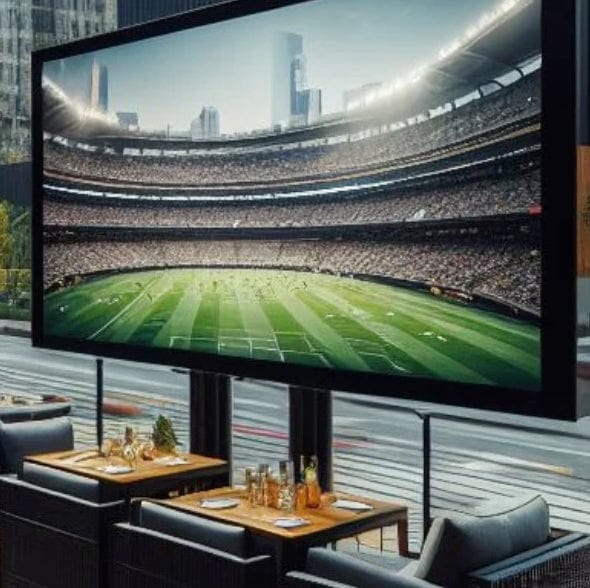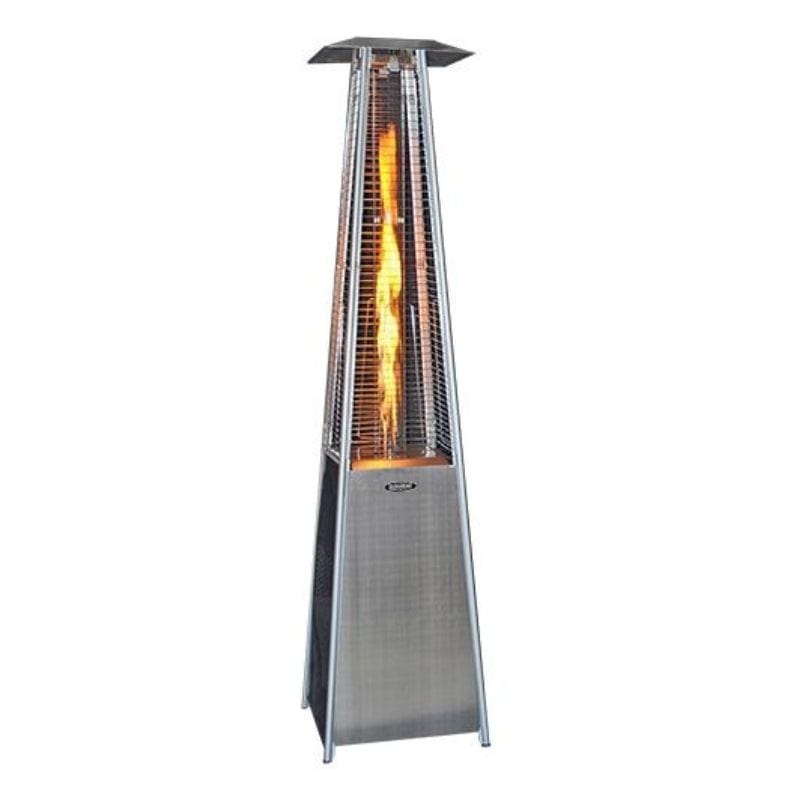How To Transform A Farm Shed Into An Outdoor Dining Area
Transforming a farm shed into an outdoor dining area is an imaginative way to repurpose unused space, bringing a new lease of life to your outdoor living. This innovative approach maximizes the potential of existing structures and offers a unique, rustic charm that can't be replicated in modern buildings.
Whether it's for family meals, social gatherings, or a quiet spot to enjoy the outdoors, a dining area set within the natural beauty of a farm can create unforgettable experiences and lasting memories.

Here's how to turn your farm sheds into captivating outdoor dining areas.
Step 1: Assess The Space
The importance of this initial assessment cannot be overstated. It involves more than just a cursory glance; it requires a detailed inspection.
Look for any signs of damage or wear that could impact the safety and stability of the structure. Consider consulting with a professional if there are concerns about the shed's ability to support a new purpose.
This step ensures that any investments made into the transformation are built on a solid foundation, both literally and figuratively. Additionally, understanding the shed's limitations and potential allows for more informed decisions in the later stages of the project.
Step 2: Design Your Layout
This stage is about envisioning the space's potential and planning how to realize it. The layout should account for the natural flow of people through the space, ensuring ease of movement and comfort.
When considering the dining table's placement, factor in the direction of the sun and prevailing winds to maximize comfort during use. The addition of a bar or buffet table not only adds functionality but also serves as a focal point around which guests can gather, encouraging interaction and creating a convivial atmosphere.
Step 3: Makeover The Roof And Walls
Modifying the roof and walls can transform the shed from a closed-off space to an inviting, open area that still offers shelter.
Opening up one side to the outdoors connects diners with the surrounding landscape, enhancing the dining experience with views and fresh air. Large windows or skylights can change the ambience dramatically, filling the space with natural light and making it feel larger and more
welcoming.
These changes can also improve ventilation, an important consideration for comfort during warmer months.
Step 4: Choose The Right Flooring
The choice of flooring significantly impacts both the aesthetic and practical aspects of the dining area.
Polished concrete offers a modern, sleek look that is durable and easy to clean, making it a good choice for a space that blends indoor and outdoor elements. Wooden decking adds warmth and a natural feel that complements the rustic setting, while rustic stone tiles can enhance the charm of the space with a touch of elegance.
The key is to choose materials that are not only beautiful but also capable of withstanding the elements and heavy use.
Step 5: Select Furniture
Selecting the right furniture is about balancing form and function. Outdoor-grade furniture is designed to withstand weather conditions, but it should also be comfortable and inviting.
The rustic theme can guide the choice of materials and styles, with wood being a natural fit. However, incorporating modern elements can add an interesting contrast. Cushions and other soft furnishings can introduce color and texture, making the dining area more inviting.
When selecting furniture, also consider its versatility and how easily it can be moved or stored, allowing for flexibility in the use of the space. Companies like Emma Mason can offer a wide range of options to explore, making it easier to find pieces that fit your needs.
Step 6: Light The Space
Lighting plays a pivotal role in defining the ambience of your outdoor dining area. It goes beyond mere functionality; it's about crafting an experience.
String lights offer a whimsical charm, casting a soft glow that encourages relaxation and conversation. Solar-powered lamps are an eco-friendly option that can be strategically placed to highlight certain features of the space or to illuminate pathways. Candles, with their flickering light, add an element of intimacy and can be used in table settings to create a serene dining atmosphere.
The key is to layer different types of lighting to create depth and interest, ensuring that the space feels welcoming at any time of the evening.
Step 7: Invest In Landscaping And Decor
The integration of the dining area with its natural surroundings can significantly enhance its appeal.
Using potted plants and flower beds brings color and life to the space and helps blend the boundaries between the indoors and outdoors. A small herb garden not only adds to the aesthetic but also offers fresh ingredients for meals.
Decorative elements like vintage farm tools and rustic signs pay homage to the shed's agricultural heritage, grounding the space in a sense of history and authenticity. These touches not only decorate but also tell a story, contributing to the overall experience of the space.
Step 8: Weatherproof Your Space
Weatherproofing is essential to ensure that your outdoor dining area remains a functional and enjoyable space throughout the year.
Installing clear roll-down blinds can provide protection from wind and rain while maintaining the visual connection with the outdoors. A retractable roof system offers flexibility, allowing for open-air dining when the weather is favorable and providing shelter when it's not.
These solutions not only increase the usability of the space but also protect the furniture and other investments from the elements, prolonging their life and maintaining the aesthetic appeal of the dining area.
Step 9: Develop A Maintenance Plan
The sustainability of your outdoor dining area's beauty and functionality hinges on a solid maintenance plan. Regular cleaning prevents the build-up of dirt and grime, preserving the aesthetic appeal of the space.
Treating wood surfaces with appropriate sealants can protect against weathering and decay, extending their durability. Periodic checks for wear and tear on furniture and fixtures allow for timely repairs, ensuring that the area remains safe and inviting.
A proactive approach to maintenance not only keeps the space looking its best but also minimizes the need for costly repairs or replacements in the long run.
Transforming a farm shed into an outdoor dining area is a creative and rewarding project that can enhance your outdoor living experience. By assessing the space, planning your layout, and selecting the right materials, furniture, and decor, you can create a unique and inviting area that blends rustic charm with functionality.
Remember, the key to a successful transformation lies in thoughtful planning and regular maintenance, ensuring your outdoor dining area remains a cherished space for gatherings and quiet moments alike.


